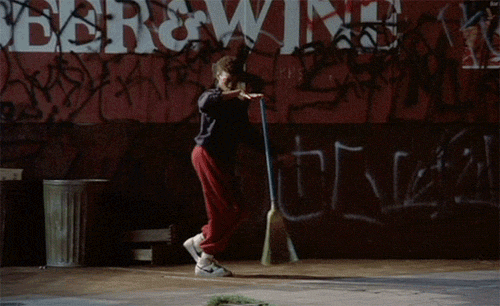
Any comic book geek can tell you the value of teams. Sure, when we think of the “team” concept, many of us default to sports — football, baseball, etc. But I’m thinking of the Avengers, the Justice League, the X-Men: not only do these teams repeatedly save the world, but their success stems in part from their optimal mix.
Consider the Justice League’s Superman, Batman and Wonder Woman. This mix involves not just their unique superpowers (invulnerability and strength; intelligence and stealth; magical weapons), but also their singular identities that can often clash, but still complement and complete each other (optimism and a clear moral compass; cynical skepticism and ruthless pragmatism; power and resolve informed by gender identity).
Teams can be powerful things. If done right, not only can they accomplish important things together that they never could individually, but the interactions of teams can help folks of diverse backgrounds, personalities and skill sets learn from each other by learning about each other. A confident consensus has built around the notion that collaborative opportunities are high-impact practices for deep student learning.
This assumes, of course, that the opportunities are designed and led in ways that are productive rather than self-defeating… because there are few things students loathe more than high-stakes projects involving a dysfunctional group.
I am super happy to have David Gooblar on the Augustana team. He teaches writing for us, and is a central player on Pedagogy Unbound, a great blog on great ideas for teaching. You should follow it. And read what he has to say on team-based learning (TBL).
—————————————————–
How—and Why—to Split Your Students Into Teams
July 23, 2014
Want more teaching tips? Browse the Pedagogy Unbound archives.
I hate to be the one to tell you this, but we’re coming to the end of July. That means that summer, which seems as if it just got started, is already past its peak and a new semester is just around the corner. If your term doesn’t start until September, you can go back to your cocktail and your Edan Lepucki novel (or, more likely, iced coffee and furious writing on the research you don’t have time to do while teaching). But for the rest of us, it’s time to start thinking about teaching strategies for the term ahead.
Now, before everything gets super-busy again, is the time to begin thinking about overarching ideas for the courses you will teach this fall, ways you might approach the structure of a course from top to bottom. One such systemic approach is “team-based learning,” first developed at the University of Oklahoma business school in the late 1970s and popularized by Larry Michaelsen. Building on research that suggested that students learn better when they collaborate with their peers, team-based learning has evolved into an elaborate system of best practices designed to get the most out of group work. The website for the “Team-Based Learning Collaborative” and, more succinctly, this 12-minute video from the University of Texascan give you a good overview of the system if you’d like to use it.
But if you’re like me, you’re a little reluctant to adopt a pedagogical system whole hog. I’m more likely to look to marry aspects of a number of systems, taking strategies from here and there, hoping to construct an approach that suits my style of teaching and the specific courses I have to teach. So I thought I’d share with you a couple of ideas worth taking from team-based learning (henceforth TBL) and importing into your own individual teaching style. This column will look at a smart way to form groups, or teams, and my next piece will look into a great way to make use of teams to help students learn course material.





